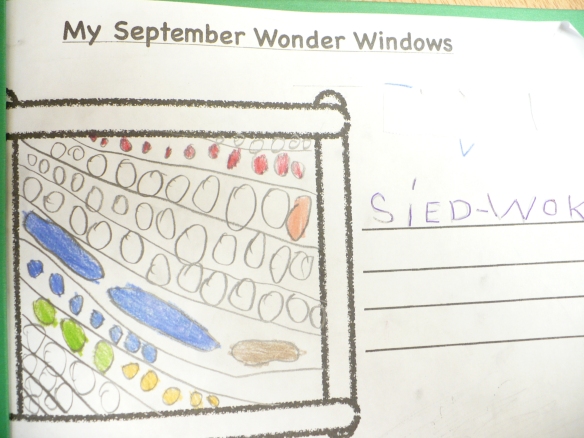So here’s the deal. I’m a bit impatient when it comes to some things.
“How long is that download going to take?”
“Come on, boot up faster”
“Seriously? Six months until the next OS update?”
Interestingly though I find myself patient when driving in traffic and generally calm when waiting in line for things.
One thing that really gnaws away at my low frustration tolerance shortcoming is change. Change in myself and other people. I want it all to happen faster. Not only do I want it to happen faster I want it to mesh perfectly with my utopian ideals of the way things should be. That’s not too much to ask, is it?
It took me a couple of months to realize that this was contributing to the dissonance around my classroom practice this term. People weren’t buying what I was selling. BYOD didn’t happen in the first week…
View original post 143 more words

